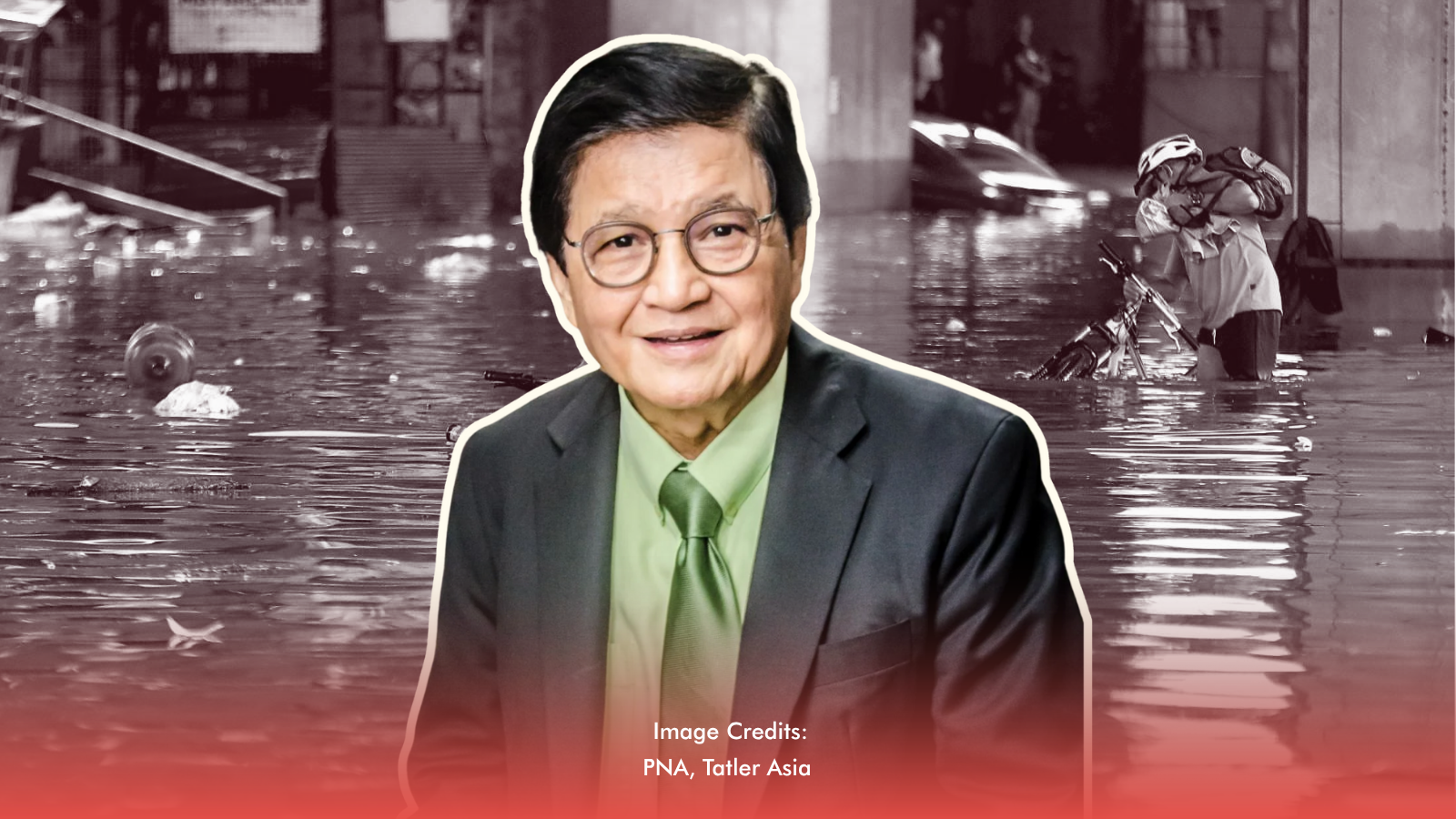Metro Manila’s worsening floods aren’t just the result of heavy rains — they’re the result of years of neglect. Architect and urban planner Felino “Jun” Palafox Jr. has long sounded the alarm, warning that today’s disasters were predicted as far back as the 1970s through the Metro Plan Manila. That plan laid out clear steps to prevent flooding, traffic congestion, and environmental degradation. Many of those steps remain unimplemented.
After Typhoon Ondoy in 2009, Palafox submitted 145 recommendations to government agencies, including immediate and long-term actions like dredging Laguna Lake, constructing the Parañaque Spillway, hazard mapping, updated zoning laws, and better drainage systems. These were reiterated to the Marcos administration in 2022 — but little has changed.
“We’ve had the solutions for decades. The problem is they were never acted on,” Palafox said.
RELATED: [Avoid Electrocution During Floods: What You Need To Know]
Corruption Undermines Infrastructure
Beyond inaction, Palafox highlights another major factor: corruption. Baguio City Mayor Benjamin Magalong has estimated that corruption in infrastructure projects can reach up to 70%. Palafox explains that when funds are diverted through bribery, the quality of public works suffers. Concrete is thinner, materials are cheaper, and essential components are cut — leading to roads that collapse and drainage systems that fail.
“People blame God for the floods,” Palafox said, “but these are not acts of God — they’re the sins of omission by those in power,” he added.
This systemic corruption turns already fragile cities into high-risk zones during typhoons, leaving millions vulnerable.
RELATED: [Demand For Accountability Grows As Flooding Worsens]
Prevention Is Cheaper Than Disaster
Palafox continues to advocate for a shift from reactive disaster response to proactive urban planning. He emphasizes the need to decentralize development, reduce Metro Manila’s overcrowding, and build resilient, future-proofed communities.
Crucially, he notes that prevention is far more affordable than recovery. “It costs 90% less to plan and prepare than it does to rebuild,” he said.
As severe weather events grow more frequent and destructive, Palafox’s message is clear: the time for excuses has long passed. The plans are ready — what’s missing is the political will to act.








